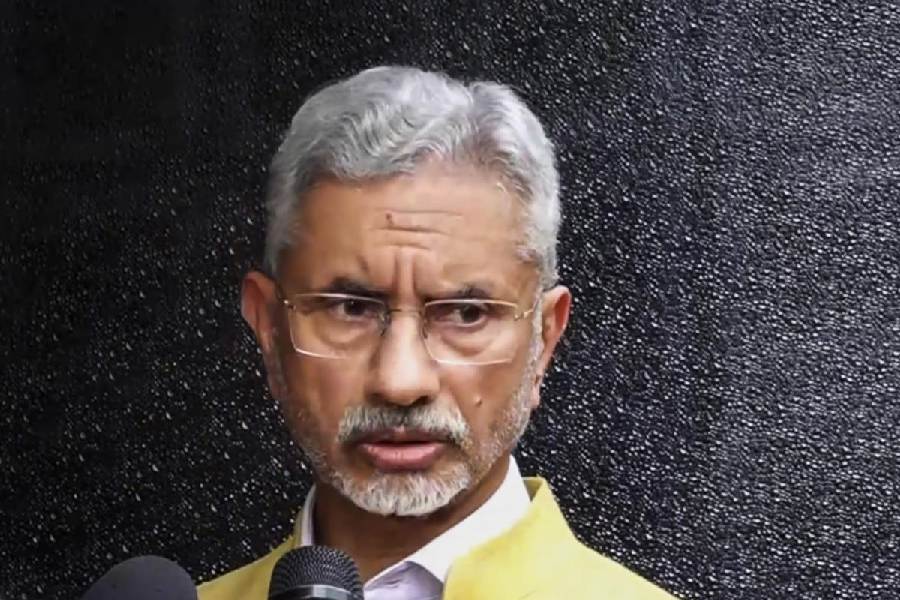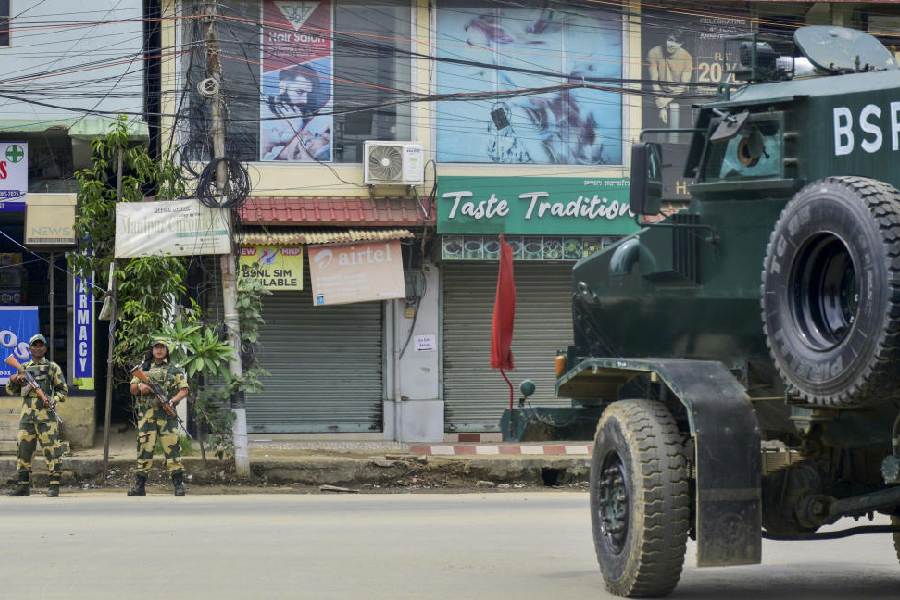 |
| MB Shah |
New Delhi/ Bhubaneswar, Jan. 5: Operations of top steel and mining companies, including Tata Steel, SAIL, Aditya Birla Group’s Essel Mining, JSPL and Sarda Mines, are likely to be hit if a recommendation by the Justice M.B. Shah Commission to ban mining along the state’s Baitarani river is accepted.
The high-powered panel, in its five-volume report on illegal mining in Odisha, has recommended revisiting the environment approvals granted to all 55 mines around the Baitarani and its tributaries.
“Till then, mines might remain shut,” it said, suggesting modification of the environmental approval of the mines by an expert panel.
The commission said a final decision should be taken on whether to allow large-scale mining leases to operate in the catchment area of the river. About 40 firms and mining leaseholders operate 55 mining leases that directly impact the Baitarani.
A huge mining scam broke out in Odisha in 2009 and rapped by the Shah Commission, the state government later imposed a fine of around Rs 65,000 crore on the violating mines, but the money is yet to be realised from them. The Opposition, on the other hand, is clamouring for a CBI probe into the scam.
Tata Steel and the Rungta Mines Group, with five mines each, are located in the area and would be the worst hit if the ministry of environment and forests accept the commission’s recommendation.
Tata Steel, which procures 80 per cent of its iron ore requirements from Odisha, has eight mines (including manganese ore) in the state. Of these, five mines — Khandhbandh, Joda East, Joda West, Manmora and Malda — directly affect the Baitarani.
Sourcing of iron ore for Tata Steel’s upcoming six-million-tonne mill in Kalinganagar, slated for commissioning in the next financial year, is also dependent on the state’s mines. SAIL’s Bolani iron ore mine, the Aditya Birla group’s Jilling Longalota and Kasia iron ore mines, Jindal Steel & Power's Tantra Raikela Bandhal and Adhunik Metaliks’ Kulum may also face closure.
The Rungta Mines Group’s mines — Jajang, Kolmong, Oraghat, Katasai and Kalimati, Serajuddin & Co’s Balda block, Sarada Mines’ Thakurani-B block, R.P. Sao’s Guali, state government-owned Odisha Mining Corporation’s three mines and one each of BPMEL and OMDC are part of the list.
The reaction of these companies was not available.
The “unscientific, non-sustainable and explosive mining” of iron and manganese ores has a lasting, very high impact on the “very existence and life of the Baitarani” and its tributaries, rivulets and nallahs, the commission said.
Indicting the Naveen Patnaik government for its failure to protect the Baitarani, the commission said: “No effective measures have been taken to mitigate all such problems arising out of heavy mining in the area since four decades in general and last decade in particular.”
The commission indicted the state government’s machinery for its failure to contain illegal mining and recommended the recovery of over Rs 59,203 crore “as early as possible” from the miners against “excess and unlawful” production of iron and manganese ores.
The 365-km long Baitarani, one of the six major rivers in the state and considered holy, has its major catchment areas in two districts — Keonjhar and Sundargarh. Most of the mining leases in the state are located in these two districts. The river has 65 tributaries. The commission said: “On perusal of approved environmental clearances given by the environment ministry, it is observed that the information inputs of rivulets, water courses and rivers in and around mines are either incomplete or suppressed or false.”
The commission said: “River water is also polluted and it gets colour of the minerals due to discharge of effluents. It is apparent that environmental laws are not implemented effectively and polluting mining companies are not punished at all.”
According to the commission, during the rainy season, the river gets “highly polluted, muddy and turbid with unchecked flow of salt generated from waste dump” out of 176 leases located in the two districts.
The high content of iron, manganese and other heavy metal generated from dumps of mines flowing through rivers are highly detrimental to aquatic fauna in the estuaries and the Bay of Bengal, the commission said.










